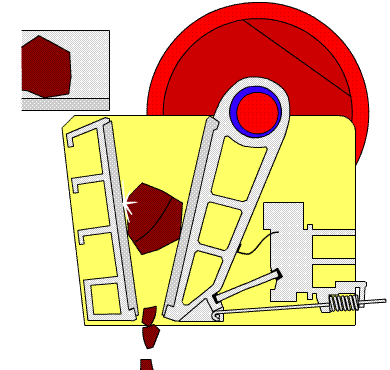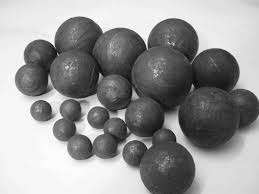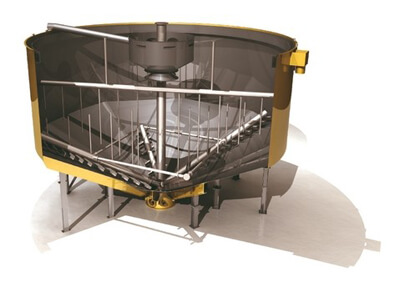 Unless you are only doing civil works, there generally can’t be Mining Engineering without Mineral Processing Engineering for the majority of hard-rock ores we mine needs further processing before the metal it contains can be used as it is how minerals extracted from ores. Most valuable rocks go thru multiple steps of process-operations starting with comminution to complete beneficiation. Several sequential Mineral Processing stages are necessary before metal arrives to market or any relevant prior processes from leaching to smelting or refining.
Unless you are only doing civil works, there generally can’t be Mining Engineering without Mineral Processing Engineering for the majority of hard-rock ores we mine needs further processing before the metal it contains can be used as it is how minerals extracted from ores. Most valuable rocks go thru multiple steps of process-operations starting with comminution to complete beneficiation. Several sequential Mineral Processing stages are necessary before metal arrives to market or any relevant prior processes from leaching to smelting or refining.
Mineral Processing Engineering is a deep but somewhat under-promoted and unknown profession still. Whether the ore is dense or hard, energy rich like coal and tar sand or poor as salt and borax; whether its metal is rare or valuable as gold or common and essential as copper and zinc; most mines ores need further processing to extract its mineral.
Usually, the first step of mineral processing and beneficiation is Size reduction AKA Comminution starting with crushing which breaks post-blasting coarse rocks from up to 60″ or 1.5m to as low as 1/2″ or 13mm. Machines used in primary crushing are jaw or gyratory crushers, followed by secondary/tertiary crushing using cone and/or roll crushers as well as hammer mills and impactors.
The product from crushing circuits often go to grinding mills which the material is ground from a F80 of up to 1″ (25mm) to fine dust of under 30um. Grinding mills used in Mineral Processing are rod and/or ball mills, SAG/AG/FAG Semi-Autogenous or Fully-Autogenous mills as well as the now less popular pebble and roller mills.
Effective crushing and grinding always includes a just as effective classification system. Using vibration screens, grizzlies, rakes, spirals, hydrocyclones or screw classifiers; the newly formed (by crushing and grinding) smaller material is sorted and separated from the rest of larger rocks particules.
Once all minerals/metal particles are sufficiently ground and liberated they are sent to a concentration process. Today’s most common, and dare I say misunderstood process, is froth flotation which is no more than a method that takes advantage of physical properties of minerals to collects them away from valueless gangue for their rejection. The process of froth flotation, which mostly applies to sulphides minerals and also some oxide base-metals. It calls for the aeration and agitation of tanks filled with the previously finely ground materials once turned into slurry to which some key reagents are added with for purpose the modification of surface chemistry of target minerals. Simplistically, the addition of reagents resembling bubble soap and wax are enough to provide hydrophobicity control over the target metals and ‘collect’ them.
 When relevant, the use of gravity methods lets us cheaply extract metals based on the their relative difference in weight SG. Processes such as HMS heavy media separation, centrifugal concentrators, jigging, shaking table, sluicing as still popular.
When relevant, the use of gravity methods lets us cheaply extract metals based on the their relative difference in weight SG. Processes such as HMS heavy media separation, centrifugal concentrators, jigging, shaking table, sluicing as still popular.
Downstream from centration are the processes of metal analysis and product mixing, settling, clarifying, thickening, filtering, and drying and water treatment. Less known additional parts of ore dressing is the need crucial need for material transport/handling (conveyors. bins, feeders) and environmental protection including dust control and tailings disposal.
